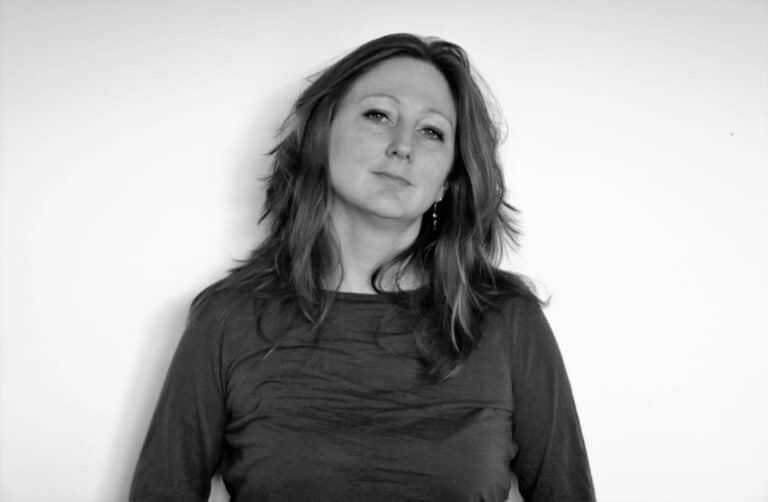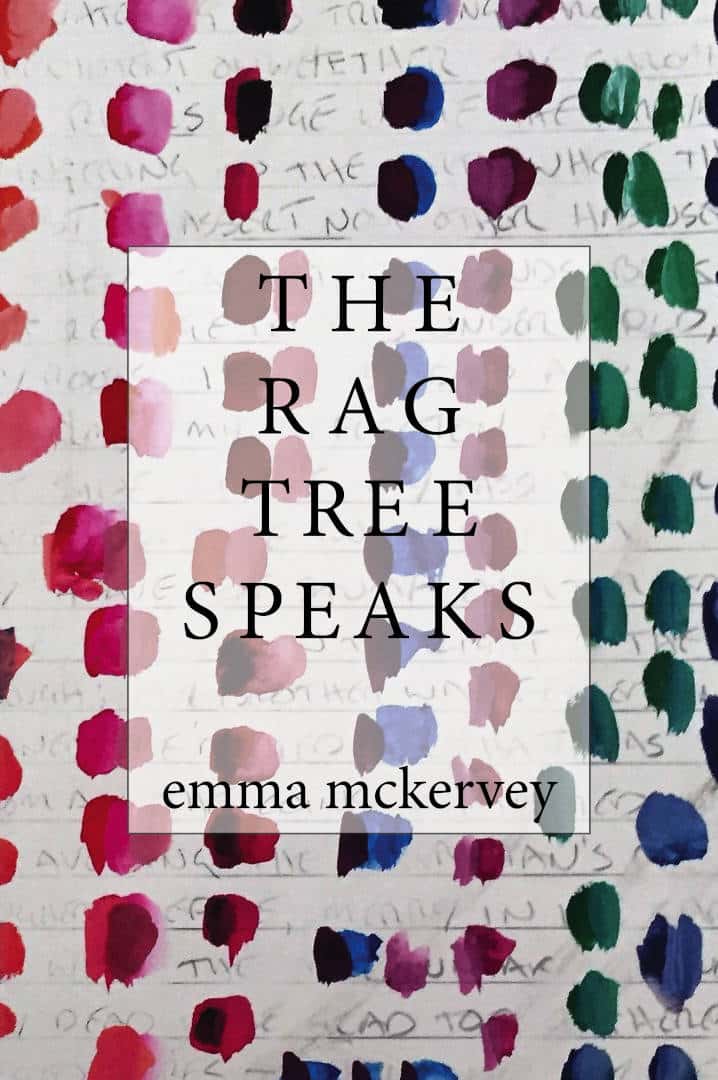Free shipping in Ireland over €25. Free worldwide shipping on orders over €50

Emma McKervey won the 2015 PoetryNI/Translink Poetry Competition and in 2016 she was shortlisted for both the NI National Poetry Competition and the Bord Gáis Irish Book Awards’ Poem of the Year Award. In 2017 she had two poems highly commended for the Seamus Heaney Prize. She is also a professionally-trained musician, having played cello in orchestras, saxophone in various jazz ensembles and developed sonic art performance pieces with a range of composers, collaborating with dancers and theatre practitioners on both islands. A member of Women Aloud, Emma is from Holywood, County Down. The Rag Tree Speaks is her debut collection.
Luminous with intelligence and a restless but tender wit, this wonderful book presents a dazzling new voice in Northern Irish poetry.
— Carolyn Jess-Cooke
The Statues
The wedge of granite dark Cathedral is propped on its perch
by a myriad of flying buttresses at the crest of the hill.
It is overcast this day and the way to the door is dark,
the statues along the avenue brood in religious gloom,
lost in contemplation of cobbles polished by penitents’ feet,
until cloud break allows the invisible to come to light —
the crown on the lion’s mane, a sceptre in bishop’s hand,
the hilt of a king’s sword, a haloed head of a nameless saint —
all illuminated in sudden gold, and, from Prague, I long for home;
the phosphorescent wake of my Uncle’s fishing boat
as it leaves the Lough at dusk, and, when I turn,
Ailsa Craig emerging, like Mount Fuji, through the mists.
Beyond the Mussel Banks
On the Lough’s shore it is possible to find partially knapped flints,
rejected as arrow heads when the line of fracture
was not right — a misjudged strike by the knapping stone.
The chippings have been ground to sand by the tides,
lost as varying shades of grit compress in the damp,
unnoticed when trailing across the beach by the tideline —
picking a path carefully in May to avoid the ragworms’
death throes above their hidden eggs, and in August
when the lea shimmers with dissolving corpses of jellyfish.
There is no liberty found here mixed with splinters of shells
and rotting sea brack, the soft parts of dying things
and the broken fragments of what was intended to fly —
but beyond the mussel banks I have ridden the wake
of the ferries, astride the prow of the fishing boats
shoulders untensed and neck unbowed in the lash of the brine
where, from the dissipating crest of each wave, my cry was barbaric.

ISBN: 978-1-907682-55-1 | Pages: 80 | Published: 2017
The Rag Tree Speaks is concerned with a sense of place, particularly questioning Irishness and the myriad voices within that familiar trope, trying to cut through easy clichés to explore what lies beneath. Informed by history and mythology, a sense of magic is brought to the close observations of the immediate natural world — a theme which is apparent in the development of McKervey’s work.
Submissions | FAQ | Cookies | Privacy Policy | Contact Us | Stockists
Doire is the Irish word for oak grove, translating into English as Derry.